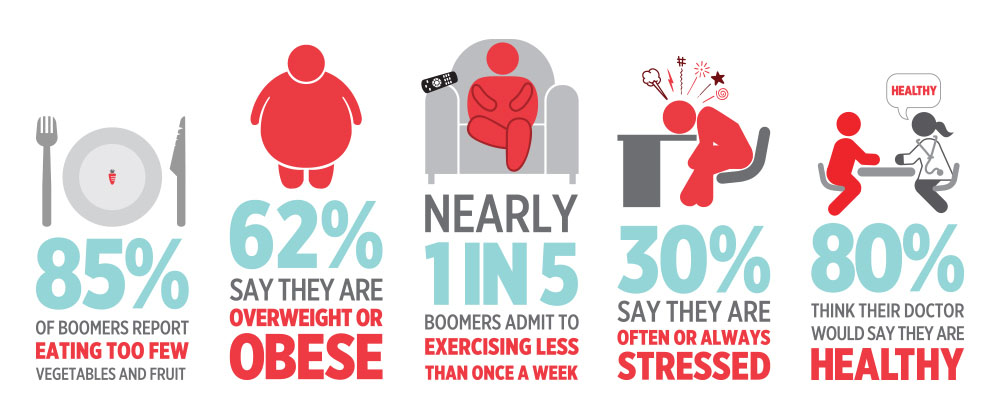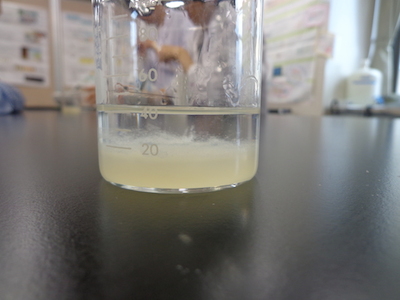ARTHRITIS
Arthritis is a condition that makes your joints stiff, swollen, inflame or pain.
The word arthritis comes from the Greek word "arthro" (joint) and "itis" (inflammation).
Arthritis is very common but is not well understood. Arthritis is not a single disease; it is an informal way of referring to joint pain or joint disease.There are more than 100 types of arthritis and related conditions.
The most common symptoms are swelling, pain and stiffness. Symptoms may come and go. They can be mild, moderate and severe.
"People of all ages can do have arthritis"
They can stay for about years, but it may progress or get worse over time. It is most common in women and occurs more frequently as people get older.
Arthritis can cause permanent changes to your joints. These changes may be visible. Severe arthritis can cause chronic pain that affects your daily routines and abilities such as climbing and walking. Some types of arthritis are related or affects the heart, lungs, eyes and kidneys.
Common Types of Arthritis
Osteoarthritis - a type of joint disease that results from breakdown of joint cartilage and underlying bone. The cartilage wears away that causes the bones to rub each other.
Risk Factors:
When the joint symptoms of osteoarthritis are mild or moderate, they can be managed by:
- Excess weight
- Family History
- Age
- Previous Injury (eg: Anterior Crucial Ligament-ACL, tear)
When the joint symptoms of osteoarthritis are mild or moderate, they can be managed by:
- balancing activity with rest using hot and cold therapies
- regular physical activity
- maintaining a healthy weight
- strengthening the muscles around the joint for added support using assistive devices
- taking over-the-counter (OTC) pain relievers or anti-inflammatory medicines
- avoiding excessive repetitive movements
If the symptoms are severe, causing limited mobility and affecting the quality of your daily life, some of the management strategies listed above might also help but joint replacement may be necessary so go see a professional/doctor and don't diagnose your self.
Osteoarthritis can be prevented by staying physically active, not just sitting all day long with your phone or computer. Go outside, take a small walk and get some sunlight.Inflammatory Arthritis
A healthy immune system is protective. It generates internal inflammation to get rid of infection ad prevent disease. but the immune system can get awry, mistakenly attacking the joints with uncontrolled inflammation, potentially causing joint erosion and may damage internal organs, eyes and other parts of the body.
Rheumatoid Arthriti and Psoriatic Arthritis are examples of inflammatory arthritis. Researchers believe that a combination of genetics and and environmental factors can trigger autoimmunity. Smoking is an example of an environmental risk factor that can trigger rheumatoid arthritis in people with certain genes.
With this type of arthritis, early diagnosis and aggressive treatment is critical.
Infectious Arthritis
A bacterium, virus or fungus can enter the joint and trigger inflammation. Examples of organisms that can infect joints are salmonella and shigella (food poisoning or contamination), chlamydia and gonorrhea (sexually transmitted diseases) and hepatitis C ( blood-to-blood infection). In many cases, timely treatment with antibiotics may clear the joint infection, but sometimes the arthritis becomes chronic.
Metabolic Arthritis
Uric acid is formed as the body breaks down purines, a substance found in human cells and in many foods. Some people have high levels of uric acid because they naturally produce more than is needed or the body can't get rid of the uric acid quickly enough.
In some people uric acid builds up and forms needle-like crystals in the joint, resulting in sudden spikes of extreme joint pain, or a gout attack. Gout can come and go in episode or, if uric aid levels aren't reduced, it can become chronic, causing ongoing pain and disability.
Research by Lovely
---------------------------------------------------------------------------------------------------------------------
Heart Attack
Heart attack occurs when blood vessels that supply blood to the heart are blocked, preventing oxygen from getting to the heart.
Causes of Heart Attacks
- Blood clot in the coronary artery
- Myocardial fraction (heart muscle dies)
- Cholesterol and other cells (plaque) are formed and blocked the blood vessels.
How to Prevent Heart Attacks?
- Control you blood sugar, cholesterol and blood pressure level.
- Eat a low-fat diet rich in fruits and vegetables, and low in animal fat.
- Don't smoke
- Loose weight if you're overweight
- Eat grilled/baked fish than fried. Frying kills some health benefits and rich in cholesterol.
Symptoms
- Chest pain is the major symptom of heart attacks.
- Pain may come in just one part , or may move from chest to arm, neck, shoulder, belly or back.
- Heavy pressure on your chest.
- Bad indigestion.
Treatments
- Exercise Daily/often
- Go to a hospital and stay in Intensive Care Unit (ICU)
- ECG connected to your body for detecting your pulse or heart.
- Enough Rest
- Take a nitrogylcerin medicine
--------------------------------------------------------------------------------------------------------------------------------
DNA Extraction from a Banana
-4.jpg)
Aim: Use a professional method from internet and extract a DNA from banana successfully.
Equipments/Materials
- 1/2 peeled ripe banana 1/2 cup hot water
- 1 tsp salt
- 1/2 tsp liquid dishwashing soap
- resealable zip-top bag (quart size)
- very cold rubbing alcohol (isopropyl alcohol) placed in freezer ahead of time
- coffee filter
- narrow glass
- wooden stirrer
Method
- After the alcohol layer is set up, wait for eight minutes. You may see some bubbles and cloudy material moving around in the alcohol. This is the DNA pieces clumping together.
- Mush the banana in the resealable bag for about a minute until all the lumps are gone and it almost looks like pudding.
- Fill a cup with the hot water and salt.
- Pour the saltwater mix into the bag. Close the bag and very gently squeeze and move the saltwater and banana mush together. Do this for 30 to 45 seconds.
- Add the dishwashing soap into the bag and gently mix the contents. Try to avoid making too much foam.
- Place the coffee filter in a clear glass cup, securing the top of the filter around the lip of the cup.
- Pour the mix into the filter and let it sit until all of the liquid drips down into the cup.
- Remove and discard the used coffee filter.
- Tilt the glass and slowly add cold alcohol down the side of the cup. You want the alcohol to form a layer on top of the banana mix, staying separated, so be careful not to pour it too fast. Make a layer of alcohol that is 2.5-5cm (1-2in) thick.
- Use the wooden stirrer to start poking the cloudy stuff in the alcohol layer. Spin the stirrer it in place to start gathering the cloudy stuff. When you are done, take a closer look at the stuff on the stirrer. You are looking at DNA!
-4.jpg)
I thought I'm going to see a bunch of colourful DNA! But it turned out not, all I see is like a very very thin and white thread. But through this experiment, for the first time in my life (wooooh) I saw a DNA! (starts singing DNA with the choreo) Bananas have DNA too okay, all living things has DNA, we all have our own identity.
---------------------------------------------------------------------------------------------------------------------------------------------------------------
Chemistry
Periodic Table
first 20
A substance made of only one type of atom is called an element. Each element has its own name and symbol. Some element retain the symbol based on their Latin name.
If you look on a periodic table, you will notice that each element has a number associated with it. The number is called atomic number (upper left) and represents the number of protons (pink) found in the nucleus . Since the number of proton is equal to the number of electrons (green). The numbers on lower left (orange) is the number of neutrons.
Another number you my find is called the mass number (below the name), this tells you the total number of particles (protons plus electrons).
Formulas:
Number of protons or electrons = the atomic number
Number of neutrons = Mass Number - Atomic Number
The circle thing there is the Electron Configuration (EC), the arrangement of electrons.
The first layer can hold 2 electrons, the second and third layer can hold 8 electrons.

















This science blog post is incredible Lovely! I hope you are proud of what you have posted about in term 1 because it is of a very high standard. Tiny error in the latest post- the mass number tells you total number of particles (protons and neutrons)- not electrons. But otherwise i cannot fault it- i hope these awesome blog posts continue in term 2!!
ReplyDeleteThere are more than 100 types of arthritis. 2 types of arthritis are common that Osteoarthritis and another one is Rheumatoid Arthritis. There is no known standard treatment to cure this disease. Our Arthritis Treatment by Stem Cells Therapy give relief from long-term joint pain therapy.
ReplyDelete